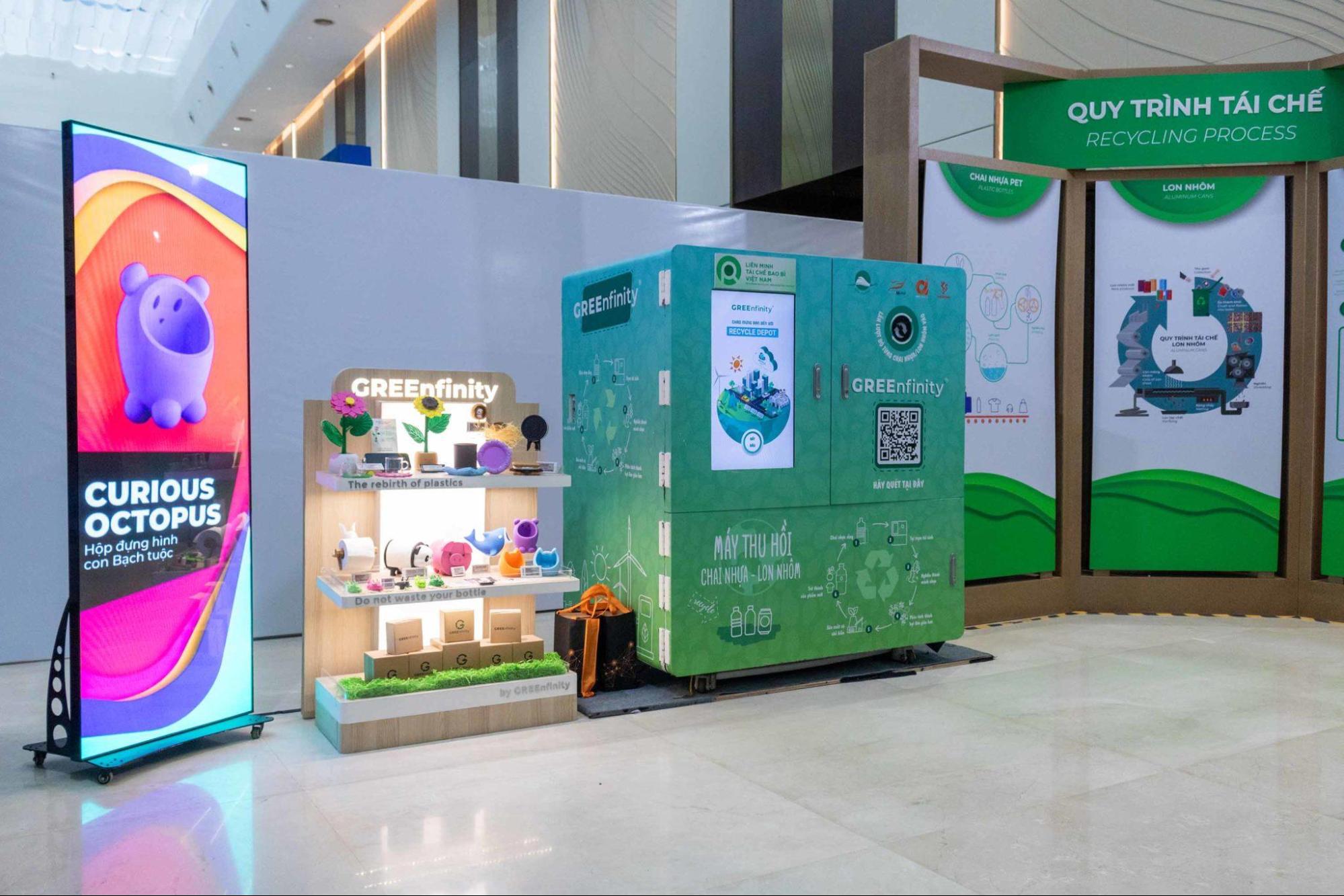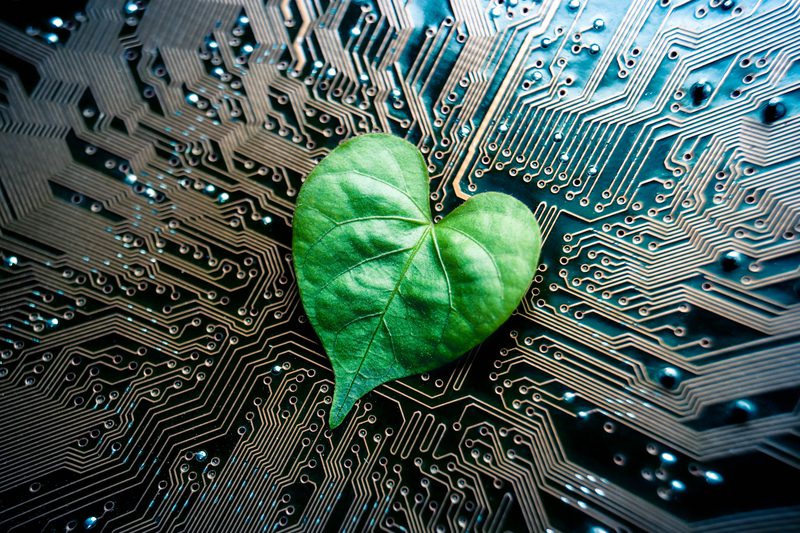THE GREEN TREND IN THE DIGITAL AGE: CONNECTING INNOVATION AND SUSTAINABILITY
As the world faces escalating environmental crises and climate change, green living is no longer just a personal choice—it has become a global lifestyle. In today’s digital era, the integration of sustainable solutions with advanced technologies is paving the way for groundbreaking approaches to environmental protection and long-term development.
Plastic waste has emerged as one of the greatest challenges of modern society, with consumption rising sharply amid digitalized lifestyles and on-demand convenience. Yet technology itself holds the key to reshaping how we address this issue.

Green technology is steadily becoming a global trend.
What is the Green Trend and Why Has It Become a Global Movement?
“Green” is no longer just the color of nature—it has become the symbol of an environmentally conscious lifestyle. Green living is defined through tangible actions: limiting single-use plastics, conserving energy and water, recycling, reusing, and choosing eco-friendly products.
According to United Nations statistics, humans generate over 300 million tons of plastic waste each year, with more than 8 million tons ending up in the ocean. These figures have compelled change at every level—from individuals and communities to entire production systems.
The Rise of Green Technology
Green technology goes far beyond energy-saving devices or biodegradable materials. It encompasses intelligent systems that optimize production processes, minimize waste, and accelerate the shift toward a closed-loop economy—where resources are reused to the fullest and waste is nearly eliminated.
From supply chain management software and AI-powered consumption forecasting to digital platforms monitoring carbon emissions, digital technology is becoming a powerful ally in reducing environmental impact. Meanwhile, 3D printing, blockchain for traceability, and big data are being applied to create sustainable products with greater transparency and more efficient lifecycle management.
The Digital Consumer – A New Green Generation
It is not only businesses driving this change. Consumers themselves—especially Gen Z and Millennials—are actively shifting toward sustainable choices. They increasingly prefer products made from recycled materials, packaged in eco-friendly designs, or offered by brands committed to protecting the planet. What makes this shift remarkable is that it stems not from a short-lived fad but from a deep awareness of personal responsibility in safeguarding the environment.
Social media has further amplified this movement. With just a few clicks, consumers can verify a product’s origins, production processes, and even its environmental footprint. Transparency is no longer optional—it has become a fundamental requirement.

GREEnfinity applies technology to accelerate recycling initiatives.
GREEnfinity – A Green Story of Recycled Plastics and 3D Technology
In Vietnam, several pioneering projects are merging digital technology with sustainable development, and GREEnfinity stands out as one of the most notable.
Used plastic bottles and aluminum cans collected at GreeZ stations are carefully cleaned and sorted before entering a closed-loop processing line. Through advanced technology, recycled plastic is reborn as high-quality raw material, powering 3D printing to produce sustainable products ranging from stationery and décor to everyday household items.
GREEnfinity’s recycled creations are not only unique and innovative but also eco-friendly, with the ability to be recycled multiple times while retaining their original usability.
Along this journey, materials like plastic—once seen as a burden on the environment—are being redefined. With new solutions and technologies, plastics can now be recycled and reused more efficiently, helping reduce waste and conserve resources.






